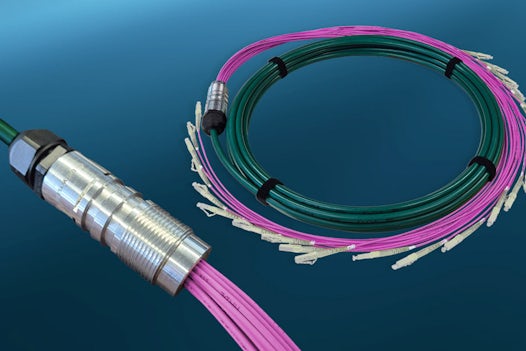
5G – the economy’s new central nervous system
25 March 2020

Many hopes are pinned on 5G. The next generation of mobile communications networks should revolutionise the Internet, speed up data traffic and drive digitisation forward. 5G is superior to its precursor technology in almost every respect, and around 100 times faster than any good LTE connection. 5G is also instantaneous, reliable and high-capacity.
In future, the new wireless standard will link everything to everything: factories, power supplies, medical equipment, self-driving cars. Experts describe 5G-compatible infrastructures as “the central nervous system” of the digital economy.
What is the key benefit of 5G?
Actually, 5G not only continues the 4G standard, but also adds a lot of new features; thus contrasting sharply with its predecessors. The network of the future is far more intelligent than a 4G network. For example, it detects whether a few devices require a high data rate or whether a lot of devices with a low requirement are being used in one place. The network can adjust and precisely distribute its performance in line with the requirements determined.
The greatest advantage of 5G technology is that data transmission is up to 100 times faster (up to 100 Gbit/s). Information can be exchanged virtually in real time. In the future, instantaneous television transmissions from several perspectives will be possible via the Internet. Many accidents can be prevented by cars exchanging telemetric data with one other.
To sum up: the data rate increases, the number of devices in a network grows, and at the same time latencies and loading times are reduced.
These properties are attractive to consumers, but are mainly relevant to commerce and industry, for example to edge computing in “smart factories”. Higher transmission rates and lower latencies improve efficiency and productivity while also cutting costs. In addition, 5G creates completely new collaborative opportunities. Virtual realities can be experienced simultaneously regardless of location, customers can easily obtain sophisticated simulations, and whole cities become “smart”.
With its solutions for wide area, city and access networks, campus networks and the linking of mobile transmission stations, for data centres and edge applications, Datwyler has a worldwide involvement in many of these future projects. “For even if there is a mobile communications standard with 5G, the antennae – whether big or small – must be properly connected to the high-performance fibre optic backbone,” explained Ralf Klotzbücher, Datwyler VP Sales and Marketing.
Who will win the race?
In November 2019 – well before the date originally scheduled – the 5G network was launched in China, initially in 50 major cities. This means that the People’s Republic is the second country, alongside South Korea, to already have a nationwide 5G network in place.
While the expansion of 5G in Germany is still slow, the Austrians and Swiss are forging ahead. The telecommunication providers there are racing to develop the new technology.
But that is not all: according to CNBC, China is already investigating the next mobile communications standard, 6G. This standard is to be implemented by a working group of 37 universities, research institutes and companies.


